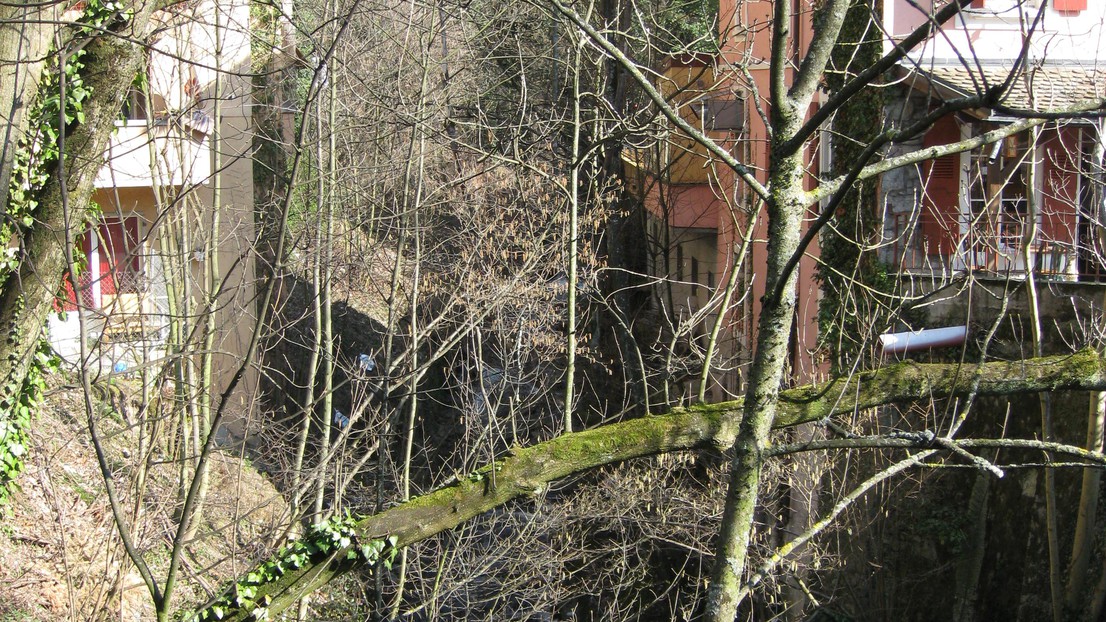Impacts of façade pollutants on environment

© 2011 EPFL
Peak concentrations of biocides from house paint prove prevalent in urban river basins. Indeed, anti-fungal and anti-bacterial additives in house paint are present in dangerous quantities in the Vauchère river basin in the city of Lausanne, says a study presented the 9th of December, at the American Geophysical Union (AGU) conference in San Francisco.
Chemicals engineered to kill microorganisms, called biocides, are added to exterior paints in order to prevent molding and plant growth. Washed off of building facades during heavy rains, however, these chemicals can be wind up in soil, groundwater and river basins where they attack bacteria, fungi and algae at the bottom of the food chain. Researchers at EPFL’s Ecological Engineering Laboratory have now modeled the flow of biocides from building façades into river basins with surprising accuracy, which could lead to stricter regulations for Switzerland and abroad.
In Switzerland, biocides are present in exterior paint on some 60% of buildings and they are common worldwide. The global demand on all biocides for use in industrial and consumer goods was estimated at US$6.4 billion in 2008. Certain antifouling biocides have been phased out of use on boat hulls after being proven toxic to marine life.